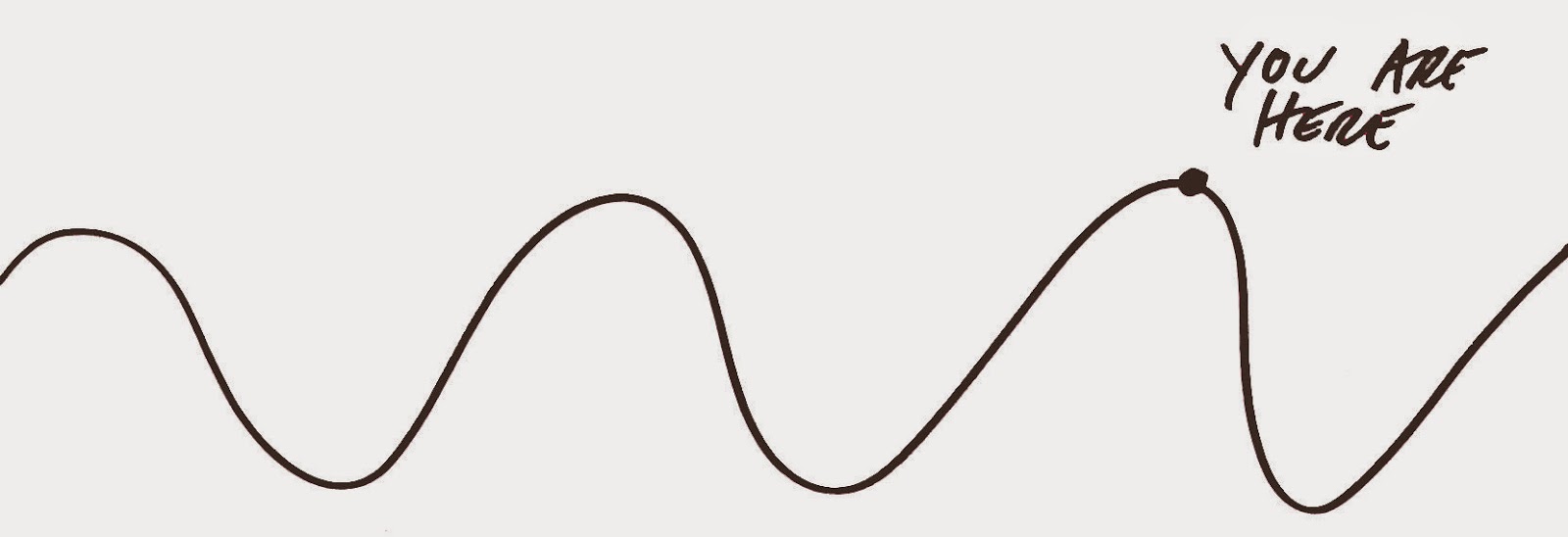With the ability to express any opinion with the click of a button, social media has revolutionized the notion of protest. The Arab Spring was the first major instance of online protests, with social media causing a ricochet of pro-democracy and pro-revolution sentiment. This article from the University of Washington states that in Egypt, the number of tweets skyrocketed the week before Hosni Mubarak's election from 2,300 political tweets per day to 230,000. Protest videos went viral, and social media became an easy and effective way of sharing grievance and demonstrating dissent.
 |
| A visual representation of the hashtags that appeared this past summer |
"When you say that you support Gaza, I assume that you then support the way that they go about things, at least more than you support what Israel does. I may be wrong in that assumption, but to the extent that the English language is reflected in the hashtag, I will assume that."
"Gaza never needed an army since they were never attacked by anybody. This all starts because Gaza has a pseudo military in their terrorist government. Israel would NEVER first strike a weaponless Gaza in a time of peace."
"That's like saying that special needs students deserve more attention than gifted students because they deserve it more."
Really?!??!?!?!
 |
| An image I took from a protest I went to this past summer |
1. If it gets violent, leave.
"Sticks and stones may break my bones but words will never hurt me." Or...will they? Throwing stones isn't much different from personally attacking someone. And with a digital footprint, online stones may be even more permanent than throwing literal stones. If you disagree, keep your cool.
2. Do your research.
In the same way that you wouldn't want to be present at a protest that didn't reflect your beliefs, don't engage in an online conversation making claims just to prove a point. In the article from Medium I posted above, I noticed that the repeated phrases were very polarized. It's easy to forget the implication behind words.
3. Pay attention to the people around you.
We tend to think that our statuses, tweets, and pictures are exclusive to us and our friends, and are similar to having a casual conversation. But these statuses are permanent. And who really sees them? I have 794 friends on Facebook. My best friend has 1,349. My best friend's older sister has 2,686. Who are we really sharing our messages with?
Social media has completely altered the way we protest, and in doing so, we need to be cautious of what exactly and how exactly we are protesting.



